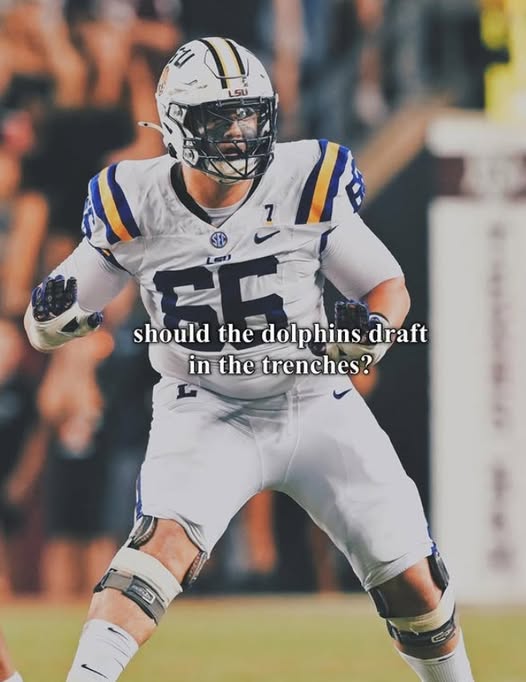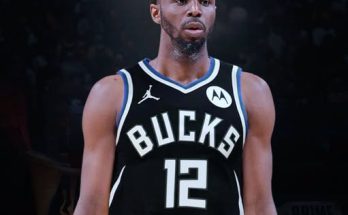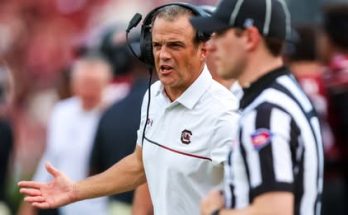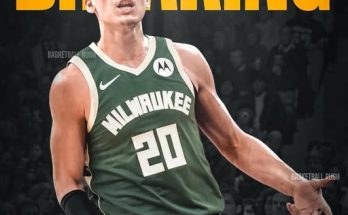The Miami Dolphins find themselves at a pivotal crossroads heading into the NFL Draft, holding the 13th overall pick. The debate among fans and analysts alike has intensified: should the Dolphins commit to drafting an offensive lineman (OL) no matter what at this spot? The urgency surrounding this question arises from Miami’s long-standing issues on the offensive front and the seemingly endless quest to protect their franchise quarterback. In a league increasingly dominated by high-powered offenses and disruptive defensive fronts, ensuring stability on the offensive line is paramount. Yet, some argue that an unwavering commitment to one position—regardless of how the draft board falls—could be a costly mistake.
One of the most compelling arguments for drafting an OL at 13 is the glaring weakness that Miami’s line has shown in recent years. Despite making significant investments in free agency and previous drafts, the results have been inconsistent at best. A porous offensive line has not only hampered the running game but also left the quarterback vulnerable, leading to injuries and missed opportunities. As the Dolphins continue to build around their young and promising signal-caller, protecting him must be the top priority. Drafting a top-tier offensive lineman would send a clear message that Miami is committed to fortifying the trenches, setting a foundation for sustained success.
However, the draft is unpredictable, and the best-laid plans can easily go awry. Committing to an offensive lineman at 13 no matter what could mean passing on a game-changing talent at another position, especially if the board falls in an unexpected way. Imagine a scenario where a blue-chip defensive player or an elite wide receiver—one that no one expected to fall—is available. Would it be wise to pass on such a talent solely because the front office made an early decision to focus on the offensive line? Flexibility is key in the draft, and being locked into one position can lead to regrets if a potential superstar slips through Miami’s grasp.
Moreover, it’s essential to consider the depth of the offensive line class. While some years feature a few elite prospects followed by a steep drop-off, others have substantial depth that allows quality linemen to be found in later rounds. If this year’s draft pool has a wealth of mid-round talent at the OL position, it might make more sense to target a different need at 13 and still secure a capable lineman later on. The team’s scouting department must thoroughly evaluate not just the top names but the entire draft class to make an informed decision.
There’s also the matter of positional value. While offensive linemen are crucial, certain positions are harder to find and develop. A dynamic pass rusher or a lockdown cornerback could elevate the defense to elite status, complementing an offense that has plenty of skill position talent. Balancing needs with the best player available approach often yields better results than rigidly targeting a specific position. The Dolphins must weigh whether they’re sacrificing too much by drafting an OL no matter what.
Some fans insist that after years of mediocrity and frustration, the Dolphins need to focus on getting the best possible talent regardless of position. They argue that reaching for an offensive lineman when better players are on the board could set the team back, especially if that lineman doesn’t pan out. History is littered with first-round offensive line busts—highly-touted players who failed to live up to expectations and left their teams scrambling to fill the gap once again. Miami cannot afford to miss with their first pick, especially with expectations rising and a fan base hungry for success.
It’s also worth noting that building an offensive line doesn’t solely depend on high draft picks. Some of the league’s best lines have been assembled through a combination of savvy free agent signings, mid-round picks, and quality coaching. Investing in player development and scheme continuity can sometimes make up for a lack of elite talent on the line. Perhaps the Dolphins could bolster their line without dedicating their top pick to it, addressing other glaring needs while still making strategic moves to shore up protection.
Still, the risks of ignoring the offensive line are real and potentially catastrophic. Quarterback injuries can derail seasons, and even the most talented skill players can be rendered ineffective behind a crumbling wall of blockers. There’s also the psychological aspect—giving the quarterback confidence that he will be protected can significantly impact his play and decision-making. Drafting a top OL prospect sends a signal of commitment and could reinvigorate both the offense and the locker room.
The Dolphins’ front office needs to evaluate the situation with clarity and foresight. They must determine whether the talent available at 13 truly matches their most pressing need or whether flexibility would yield a better overall roster. This decision is not just about protecting the quarterback but about constructing a team capable of competing for a championship. The stakes are high, and there is no room for error.
Drafting an offensive lineman at 13 is a move rooted in practicality and necessity, but it should not be made blindly or out of sheer desperation. If the Dolphins’ draft board aligns with an OL selection, then it makes sense to make the pick with confidence. However, if a rare talent at another position becomes available, the front office must have the courage to pivot. Rigid thinking can doom even the most well-intentioned plans, and drafting out of fear rather than strategy often leads to regret.
Ultimately, the answer to whether the Dolphins should draft an OL no matter what at 13 lies in the delicate balance between need and value. A well-prepared front office will have contingency plans for multiple scenarios, ready to capitalize on whatever opportunities the draft presents. Sticking rigidly to a single plan rarely works out in the NFL, and Miami must be prepared to adapt while keeping their ultimate goal in mind: building a championship-caliber team. Only time will tell whether the Dolphins made the right call, but flexibility and sound judgment will give them the best chance to get it right.



